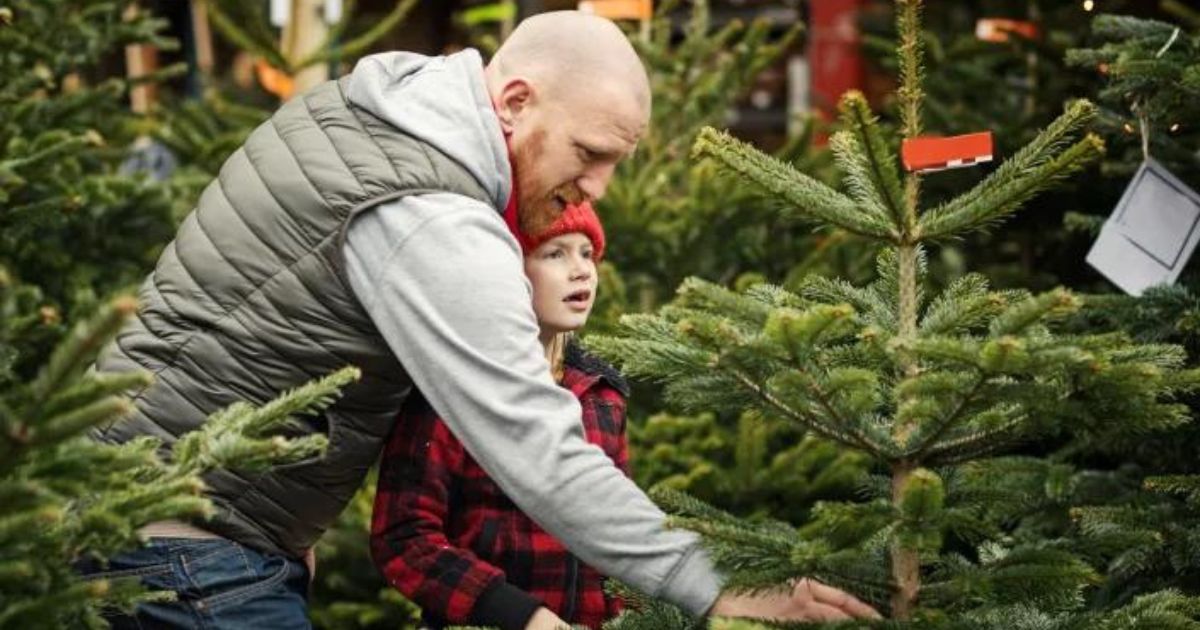As the festive season approaches, the joy of decorating Christmas trees can turn into a health concern for some individuals experiencing Christmas tree syndrome. Elizabeth Di Filippo, Julia Ranney, and Karla Renic shed light on Christmas tree allergies, offering insights into its causes, symptoms, and preventive measures.
The tradition of adorning Christmas trees takes a concerning turn for a fraction of the population, leading to health complications known as Christmas tree syndrome or Christmas tree dermatitis. This article explores the experiences of those affected and provides valuable information about the causes and prevention of these tree-related allergies.
In 2019, an Australian woman, Niki Waldegrave, shared her harrowing experience with Christmas tree dermatitis. The article delves into her ordeal, detailing the painful rash and allergic reaction she suffered after bringing a Christmas tree home. This personal narrative serves as a stark reminder of the potential health risks associated with seemingly harmless holiday traditions.
Understanding Christmas Tree Allergies Syndrome
The term Christmas tree syndrome refers to the allergic reactions triggered by exposure to coniferous trees like pine, fir, and spruce. A comprehensive study published in the Canadian Medical Association Journal reveals that approximately seven percent of people may experience allergic reactions, encompassing symptoms such as wheezing, sneezing, and skin rashes. These reactions can occur within the first 24 hours or even several days after exposure.
Real vs. Artificial Trees: Unmasking Allergy Risks:
While opting for artificial trees may seem like a safe alternative, experts caution that these trees, especially if stored in damp or humid environments, can also harbor allergens.
The article explores the insights of a U.S. allergist, Dr. Zachary Rubin, who highlights the potential risks associated with fake Christmas trees, including dust mites, insect droppings, and mold. The contrast between real and artificial trees unfolds as both pose unique challenges to individuals with allergies.
To mitigate the risks of Christmas tree allergies, the article provides practical tips and preventive measures. These include requesting retailers to shake real trees to remove loose debris, dust, or mold before purchase.
For both real and artificial trees, hosing them off outside and allowing them to dry before bringing them indoors can reduce allergen exposure. The importance of upgrading tree storage to a container and adopting protective measures, such as wearing long clothing or gloves, is emphasized. Additionally, the article explores the role of air purifiers in reducing allergens within indoor spaces.
Beyond Christmas Trees: Other Holiday Allergens:
Expanding the discussion, the article touches upon potential allergy risks associated with other festive elements such as poinsettia, perfumed candles, Christmas cactus, frankincense, myrrh, and seasonal pollens.
By providing a comprehensive overview, readers gain insights into the broader spectrum of allergens that could impact their holiday celebrations.
As the holiday season approaches, the article concludes by emphasizing the need for awareness and preparedness. Keeping antihistamines and cortisone creams on hand during the festive season is recommended to manage symptoms promptly.
By unwrapping the risks and remedies associated with Christmas tree allergies, this article aims to empower readers to enjoy the holiday season with a focus on health and well-being.








Leave a Reply
You must be logged in to post a comment.